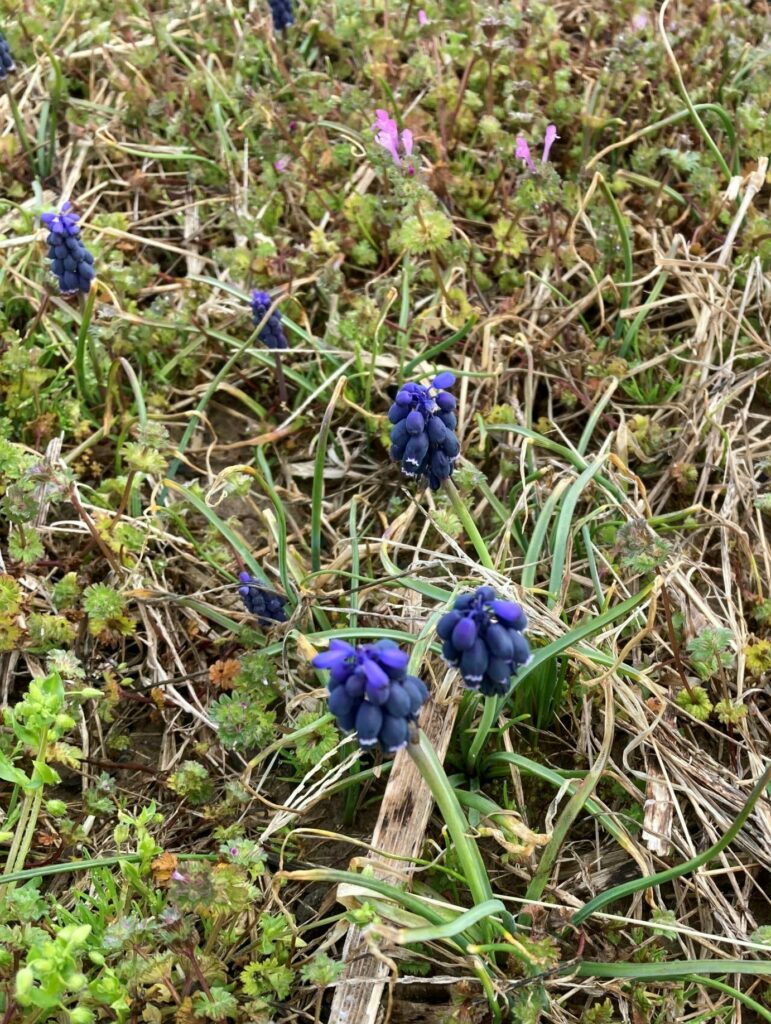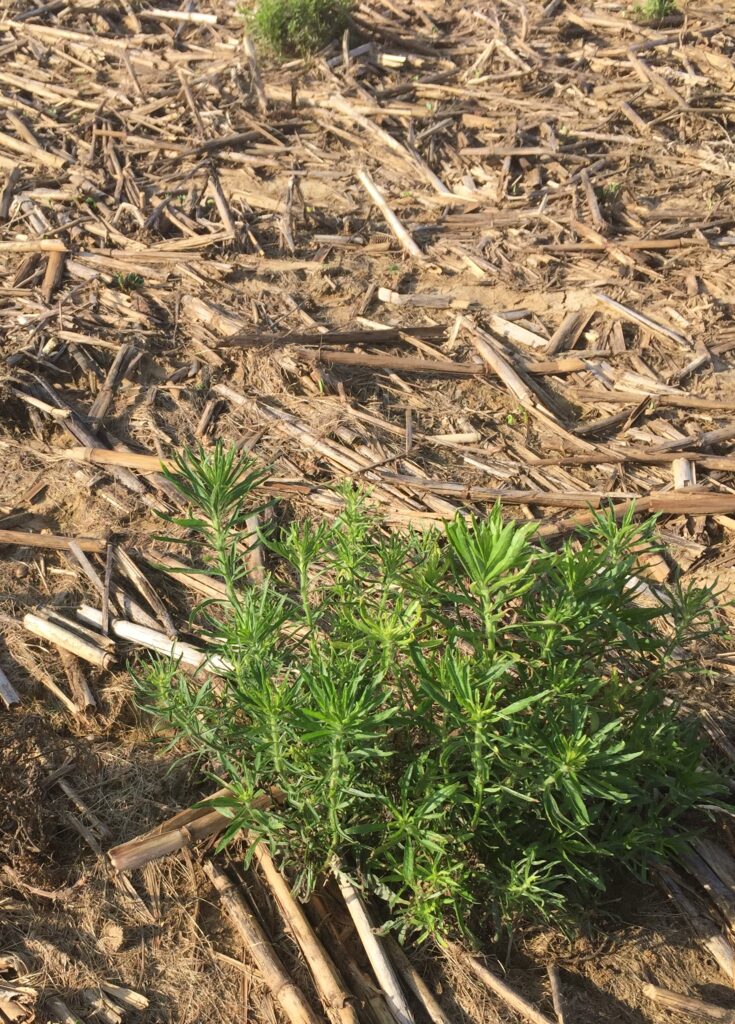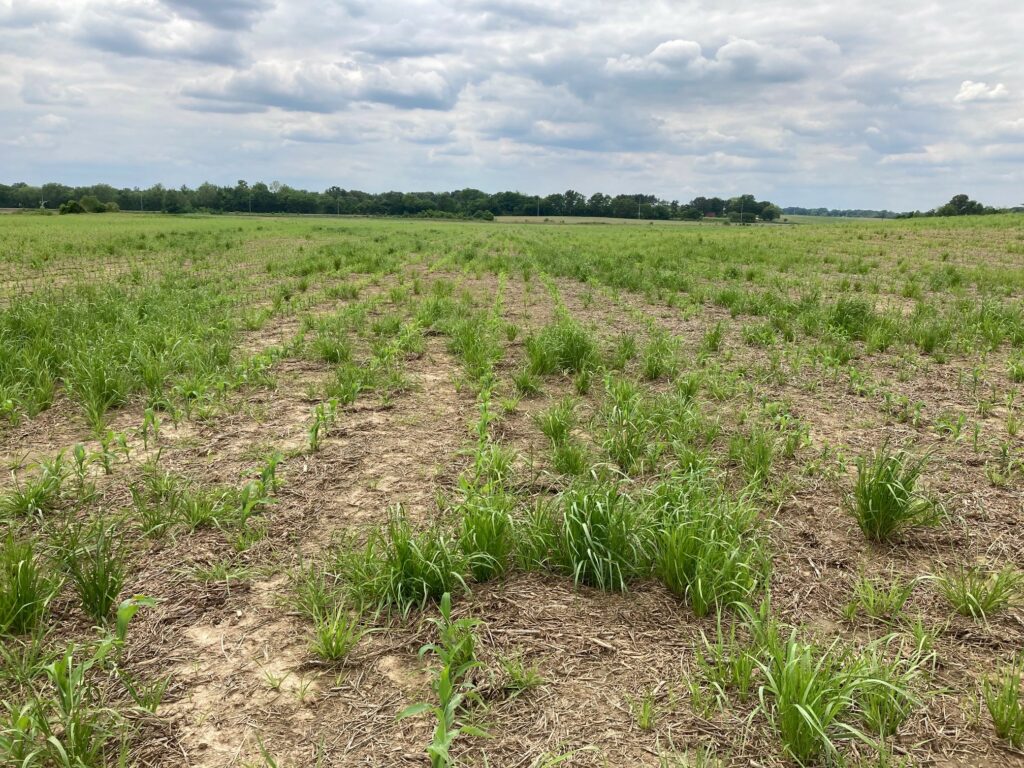The UT Cotton Scout School is scheduled for Wednesday, May 21st, at the West Tennessee Research and Education Center (605 Airways Blvd, Jackson). There is no fee, and preregistration is not required. Registration begins at 8:00 AM with the program starting at 8:30. Pesticide points in categories 1, 4, 10 and 12 will be offered and a BBQ lunch will be provided. Content will include classroom and hands-on training with an optional go-to-the-field session after lunch. Topics covered will include cotton development and identification and symptoms of insect pests, plant diseases, and weeds.
Category Archives: Weeds
Destroying a Poor Stand of Corn and Replanting Back to Corn
Judging from recent conversations there will be a significant number of corn acres that will need to be replanted due to the foot of rain we recently received. Fortunately, there are several options to control a thin corn stand and replant back to corn. Continue reading
Post Flood Weed Control
There are questions on how much PRE-applied herbicide is left in the field after a foot plus of rain. The short answer to the question is little to none. Continue reading
Wild Garlic, Grape Hyacinch and Star-of-Bethlehem: ID and Burndown Options

This spring some fields seem to be infested more heavily with wild garlic, grape hyacinth and in a few cases, star-of-Bethlehem. These three weeds, in the Lily family, are often mistaken for each other as they all derive from bulbs and are low-growing perennials. Continue reading
Herbicide Strategy in Extend Soybean With No Dicamba
A big question this spring is how does one control Palmer amaranth in Xtend soybean with no dicamba option? The fundamentals of leaning heavily on herbicides that provide good residual control of pigweed is the answer. Starting in about 2019, the most consistent strategy to control Palmer amaranth has been overlaying residuals. That was because POST options started becoming less reliable due to the evolution of dicamba/2,4-D resistance stacked onto pigweed already resistant to glyphosate, PPO and ALS- inhibiting herbicides. Continue reading
Horseweed and Grass Burndown

Ryegrass and poa control can become more problematic when horseweed must also be controlled. Simply dropping dicamba in the tank with glyphosate and/or clethodim to control the horseweed will compromise the grass control of those two herbicides. So, is there a herbicide that can be added to glyphosate or glyphosate + clethodim that will provide horseweed control while not sacrificing ryegrass control? There is really only one option that is in good supply that would fit the bill. Continue reading
Ryegrass Burndown Time

Ryegrass has become a major issue in many Tennessee fields. For managing GR ryegrass, it is best to do it as early as practical and utilize a clethodim + glyphosate tankmix. This tankmix needs to be applied at least 30 days ahead of corn planting to use a clethodim rate that has any chance of controlling well established ryegrass. Continue reading
Ryegrass Control with Fall-Applied Residuals

Ryegrass has become a serous weed issue in some fields the past couple of years. A major reason for this is that much of it is now glyphosate-resistant. Even if clethodim is used rather than glyphosate often it is applied on ryegrass sometime in late March through April when the grass is too well established to provide consistent control. Continue reading

